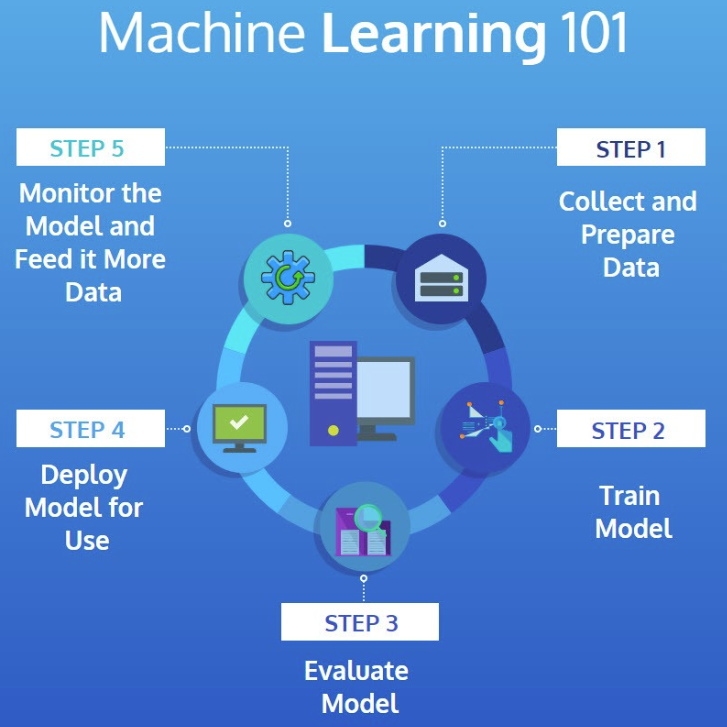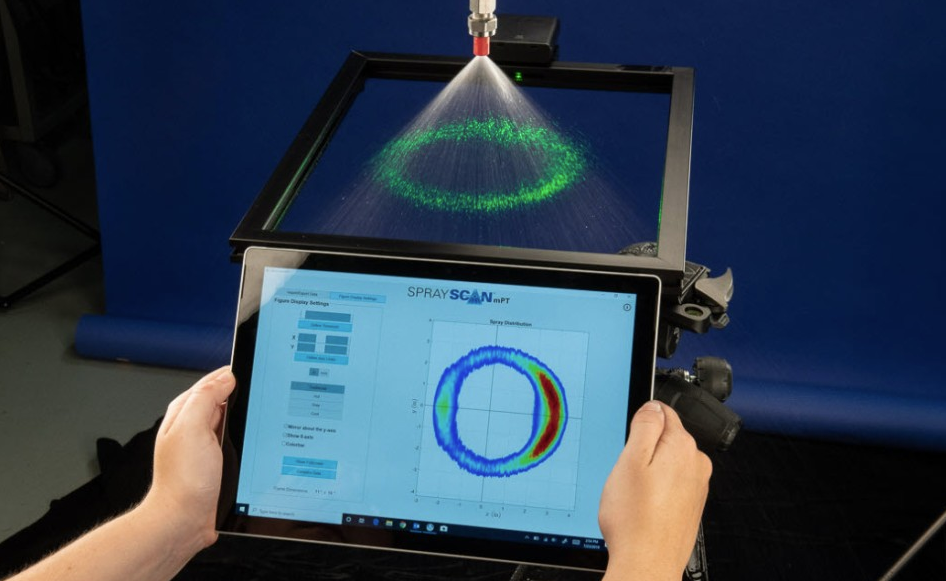Machine Learning 101: What is it?
Think about how you’re using your computer right now. You’re probably online, you may have a Microsoft Office program open, you may have sent an email today. Computers perform these and hundreds of other functions every time they’re turned on and they do so using operating principles called algorithms.
Algorithms are well-designed, clear instructions telling a computer how to perform a task. Traditionally, these algorithms are written and developed by human computer programmers, or coders. However, machine learning is a revolutionary concept where coders teach computers to program themselves. This allows computers to take in data, then learn from, improve upon, and act on that data without being explicitly programmed to do so.

Why apply machine learning?
The process of developing algorithms is a bottleneck in programming because human programming power is finite. Computers, though, have powerful pattern recognition capabilities, which allows them to explore data and create their own algorithms much faster than a human can.
This is where machine learning comes in. Machine learning gives computers the ability to create algorithms and programs that can learn from and make predictions using data.
How we’re using data and machine learning for spray analysis
The data we feed into these machine learning pathways is important and is called a data source. The quality, frequency and duration of the data source has as much to do with the success of a machine learning project as the algorithms themselves. Therefore, it is essential to identify data correlating with the variable we want to predict or the program we want to create. So, what exactly is the variable we want to predict? In Spray Analysis and Research Services, drop size testing accounts for nearly a third of our testing services. Can we create a machine learning program, then, that predicts or estimates drop size?
In a simple answer – yes. We’ve identified a helpful software tool to help us decide which algorithms and therefore, which data sources fulfill our needs. This is the major challenge with any machine learning project: identifying salient data points to leverage and then obtaining as much data as possible. Machine learning programs work best with lots and lots… and lots of quality data. Teaching and honing these data points will help our programs learn and create more accurate and precise outputs.

This is just the beginning. Machine learning opens many possibilities for everything from spray nozzle prediction to improved system optimization and troubleshooting to full-blown artificial intelligence.
How will machine learning impact your everyday operations? How do you plan to leverage machine learning today? If you’d like to discuss the topic more in depth please contact us or connect with me directly via LinkedIn.


